
Making a fire
Learning how to start a fire is a fundamental aspect of DIY bushcraft camping. You will need to start a fire using tinder and fuel of varying shapes and sizes. The ratio of surface area to mass of fuel is crucial to building a fire. Shaving wooden logs will reveal the inner dry wood and allow more surface area to be exposed to spark the fire.
To start a fire, you'll need tinder, which are dry pieces of material that are not too small. This material can be pine needles, the inner bark of dead branches, or dried grass. You can also shave pieces of wood with a pocketknife to make kindling. Dry fuel is also useful for fuel because it will help make the fire last longer.
Gathering food
The best place to start learning about gathering food through bushcraft is in your own backyard. With Australia's vast mountain ranges and oceanic coastline, it's easy to start gathering from the natural surroundings. Regardless of your skill level, you can learn many of the skills you need right from home. For example, you'll want to learn which plants are edible and which are poisonous. Then you can start learning how to pick and use various kinds of wild foods.
Gathering wild foods is an ancient human skill that has helped us survive during times of war and crop failure. In addition to knowing how to identify wild edible plants and animals, you should also know how to prepare these foods. Even the most barren habitat can provide food for you if you know where to look for it.
Creating a shelter
In bushcraft, creating a shelter is crucial to stay warm and dry. There are a few things you can do to ensure your shelter is as good as possible. First, it should be sturdy. Make sure it is anchored to a sturdy tree. Next, lash the ridgepole to a sturdy branch. Next, lace thick branches diagonally to the ridgepole. You will need at least six poles for the entire shelter, but more is better, especially if the weather is bad. Make sure to use thick branches, as they will be less likely to break than thin ones. You can also cover the poles with vines to add more protection. Finally, add soft debris, like pine boughs or leaves, to the shelter.
While ingenuity is the best bushcraft skill, there are some tried-and-true shelter building techniques you should master. The leanto is an easy shelter to construct. To make a leanto, you need a tree with a Y-shaped trunk. You can then tie a long pole to this tree, and use the poles to form a roof and wall.
Bringing a canteen
Bringing a canteen with you is a smart idea for bushcraft activities, especially if you're planning on doing some foraging. Besides being practical, a canteen can also be useful in emergencies. You can use it to boil water and serve it as a backup water filter. One important factor to remember while using a canteen is safety. It's not a good idea to place it over a fire because it can get hot. However, you can use sticks to lift it out of the coals.
When choosing a canteen for bushcraft, choose one that is made of a sturdy material that won't break easily. A military-style canteen will also be more stable than a thin-walled canteen. In addition, a bushcraft canteen won't add too much weight to your pack when hiking.
Finding a bushcraft instructor
If you are interested in learning how to survive in the great outdoors, you may be interested in finding a bushcraft instructor. The best instructors are local, as they are most familiar with the local flora and fauna. It is probably not a good idea to train with an Inuit, as his knowledge of the local environment is sketchy at best. An instructor should have a lot of experience in their area, and preferably live there for many years.
In addition to practical experience, bushcraft instructors need to develop their teaching skills. Some instructors have no idea how to teach, and these instructors cannot effectively teach others. It is important for these instructors to get basic instruction, also known as a Method of Instruction (MOI). The basic training will help them organize their lectures and keep them on track.
------------------------------------------------------------------
Frequently Asked Questions
What bushcraft knife do you recommend?
A bushcraft tool will allow you to make quick cuts in the wilderness. Consider purchasing a bushcraft knives if you are going on a hiking or camping trip. There are many options for these knives. Some include an integrated firestarter.
An urban bushcraft knife can be used as well. A small knife is preferred by many people because it is easier to store and carry. They are ideal for everyday use. However, larger models are better suited for outdoor hiking and hunting.
The size of the blade is important. Blades can be between 6 inches to 12 inches in length. Standard is an 8-inch blade. Larger blades can be used to cut wood or skin animals. Use smaller blades to slice fruits and vegetables.
Some bushcraft knives have serrated edges. Serrations are added grip for cutting. The serration pattern is usually straight or curved. Straight serrations are most common. Curved serrations are sometimes found on military-style knives.
Bushcraft knives are often made of carbon steel. Carbon steel is strong and resistant to rust. Most bushcraft knives are made of stainless steel. Stainless Steel is stronger than carbon. However, stainless steel is more heavy and dulls much faster.
Aluminium and titanium are two other commonly used materials for making bushcraft knifes. Titanium is lighter than carbon and more durable than steel. Aluminum is strong and lightweight.
You do not need to spend much money on a bushcraft knife. Quality knives should be available at affordable prices. There are many quality products from reputable manufacturers.
It is important to feel at ease with your knife. A good bushcraft knife must be balanced and have a secure grip.
It should also make it easy to sharpen. It is the easiest way to extend its life expectancy.
A sharpener will be a necessary investment if you are buying a new knife. Sharpeners come in different styles and sizes. They can be either manual or electrical, and come in many sizes.
If you use the knife frequently, you may want to invest in a replacement kit. These kits can be purchased at sporting goods shops. These kits include all of the parts necessary to maintain the knife's edge.
How do you start a fire?
Fire starting is one the most difficult skills. There are many methods to get a fire started. You need to choose the best method for your situation.
It is important to always have a reliable method of starting a fire before you venture into the wilderness. This could be anything from matches to flint and steel. However, if you're planning on spending a lot of time outdoors without access to a stove or other cooking equipment, then you'll want to invest in a good-quality fire starter.
A matchbook and lighter are not necessary to light a fire. You can use friction to create sparks using two pieces of dry wood. To light a fire, rub two pieces of drywood together until they catch light.
A striker can also be used to spark sparks. For a small flame, you can strike a piece of steel repeatedly on another piece.
If you find dry tinder, such a pine needles grasses or twigs you don't need a spark starter to start a flame. After the match has ended, you can simply place a match on top of them and then return it to the original position.
If you can't light a campfire, you will have to think of other ways. To start a fire, you can gather dead leaves and sticks. Just remember to gather only dry materials, such as those found under trees or bushes.
After lighting a fire, you have two options: either you can sit and enjoy the warmth or you can light a signal flame. These flares consist a long tube filled with fuel, and an oxidizer. The flare lights up brightly for several seconds after it's ignited. They're great for signaling and attracting attention.
How do I start bushcraft?
Practice is the best way to learn bushcrafting. Practice makes perfect. Go out and practice.
You will discover more about nature and why you shouldn't play with it. But, most importantly, you'll be able to become one with nature.
Start small. Start small. Start by collecting firewood. Next, collect food. And finally, gather medicinal herbs.
Once you've mastered those three skills, you'll be ready for bigger projects. Don't worry about making mistakes. There will always be mistakes. Be open to learning. Make mistakes. Make mistakes.
Do not give up, no matter what. There's nothing wrong with failing once in a while. Keep trying. Eventually, you'll succeed.
Which shelter is the most simple to build in the wilderness?
Because it provides shelter from rain, snow, heat and cold, a tent is a great survival option. If you decide to sleep inside, however, the tent won't give you much privacy.
Another option for shelter building is the lean -to. The lean-to offers more space but takes more time to set it up and take it down. Lean-tos may be easy to build, but they are more susceptible to being blown away by strong winds or heavy rainfalls.
You could also construct a bivouac (pronounced bi-vwahk) which consists of two poles connected by a crossbar. This design is similar but much simpler to erect. Bivouacs are usually made out of wood, although metal versions exist.
Finding a tree that is straight and strong is the easiest way to make a bivouac. Leave about 1' of the branches above the ground by removing the lower branches. Then place the trunk horizontally across two trees growing parallel to each other. Tie together the upper portion of the branches with rope or twine. This allows you to create a shelter with no tools.
There are also other types of shelters:
A poncho, a lightweight sheet material that covers the entire body, is a lightweight cover. Ponchos are useful for sheltering from rain or storms.
An igloo is a dome-shaped structure made from ice blocks. Although this shelter isn't very practical for most people, it's ideal for arctic expeditions.
A yurt refers to a circular hut that is made from animal skins, with wooden frames. Yurts were first used by hunters and nomadic tribes. They are now very popular with backpackers, campers, and hikers.
A tepee is a portable shelter consisting of multiple poles covered with cloth. Native Americans use tepees from ancient times. Arizona's Hohokam tribe was the one who built the first Tepees.
A wigwam (or wigwam) is a round structure made of logs and bark. Wigwams come with a variety of sizes and designs. Some wagons can be small huts specifically designed for camping trips.
Wigwams are typically large structures, but there are smaller models available. Basic carpentry skills are required in order to construct one.
You should consider the materials that you will use when you are choosing between different shelter options. A lean-to might not work if you are hiking in dense brush. In addition, if you spend extended periods in the wilderness, you'll want something sturdier than a bivouac. Because it's lightweight, durable, and portable, a tepee is a good option.
Statistics
- Remember the #1 rule of foraging: don't eat it unless you are 100% sure that you have the right plant. (outmoreusa.com)
- Ferro Rods are made from ferrocerium – it's 70 percent cerium and 30 percent iron. (pewpewtactical.com)
External Links
How To
How do you make a Bushcraft refuge?
First, we must define what a bushcraft refuge is. A bushcraft Shelter is an outdoor structure that protects you from the elements.
Bushcraft shelters can also be known as lean-tos or bivouacs. They are interchangeable. Most often, a bushcraft shelter can be built from natural materials. These materials include bark, leaves and grasses.
"Bushcraft" refers to the outdoorsman's lifestyle and skills used to survive in the wild. This includes hunting or trapping, fire building, cooking, living off the land, and fishing.
Because there are so many trees in North America and the United States, bushcraft shelters can be made of wood. These shelters can be made out of stone, metal or glass as well as plastic, canvas and cardboard boxes.
A bushcraft shelter serves the main purpose of providing shelter from the elements. It protects against the sun and allows users to stay warm when weather conditions become harsh.
A basic shelter can be made with just two tree trunks, a few sticks and some sticks. The triangle-shaped shape is formed by placing the tree trunks together. Then, place the sticks along the sides of the triangle to hold it together. Finally, cover the opening with leaves, grasses, or whatever material you prefer.
To keep yourself safe inside a bushcraft shelter, you'll need to prepare it properly. Ensure the entrance is well sealed with mud or dirt and the roof is waterproof. Also, make sure the walls are strong enough to support the roof's weight.
Once you've prepared your shelter for the night, you'll need a light source to ignite it. If you don’t have matches and lighter fluid, you might have to improvise. Use dryer lint and cotton balls soaked into gasoline, or even a roll of toilet paper.
Once you have a working flashlight you can go exploring the woods. If you camp alone, you might choose to sleep outside your shelter and under the stars. You'll want to spend the night in your shelter if you're camping alone.
Resources We Recommend
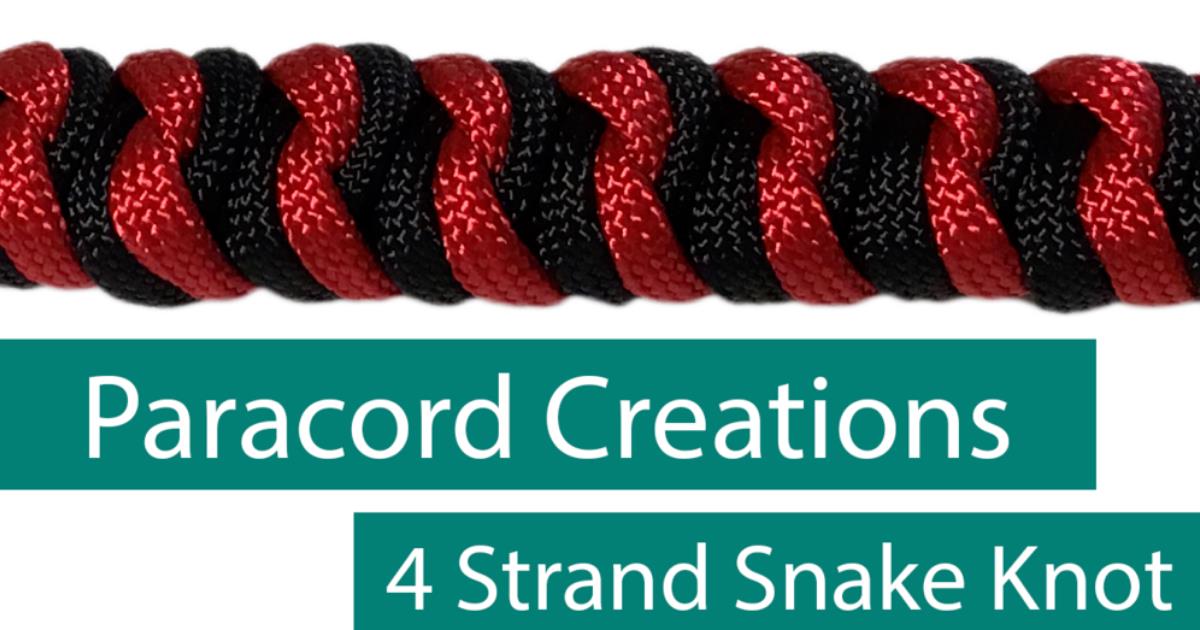
|
If you're looking for reliable and decorative paracord knots, then read on.
|
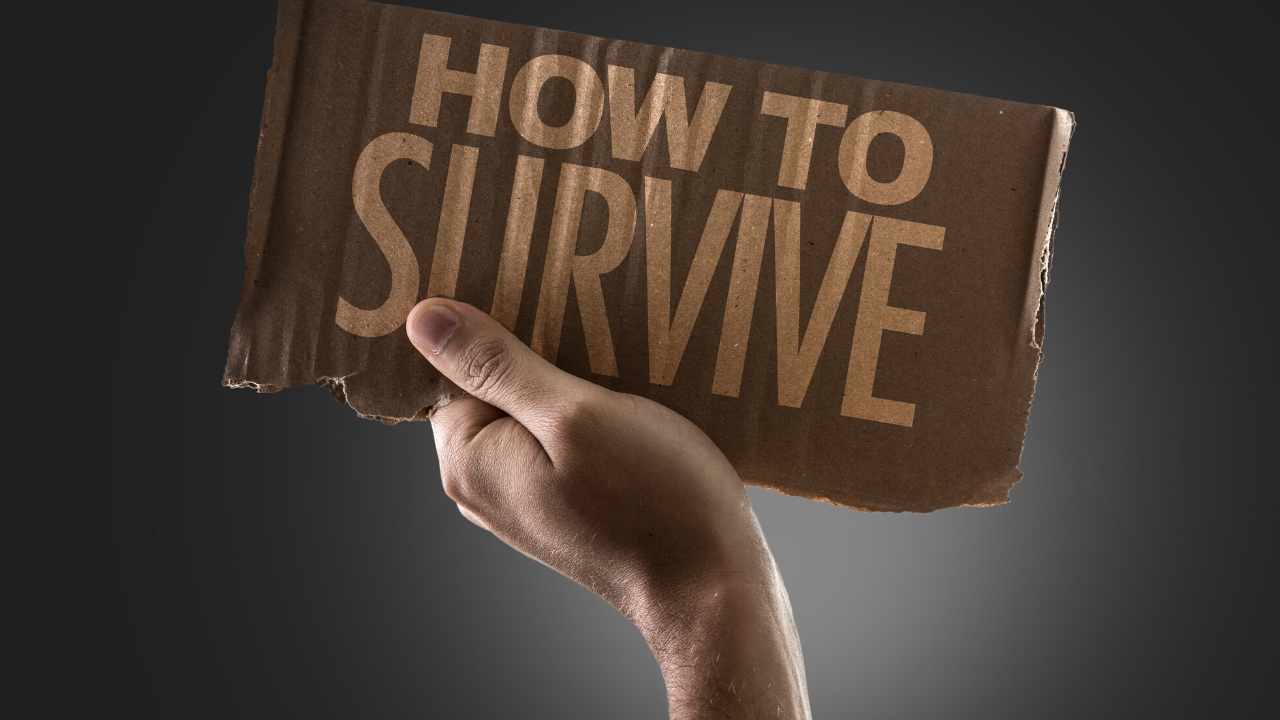
|
Have you ever found yourself in the middle of nature, surrounded by wilderness
|
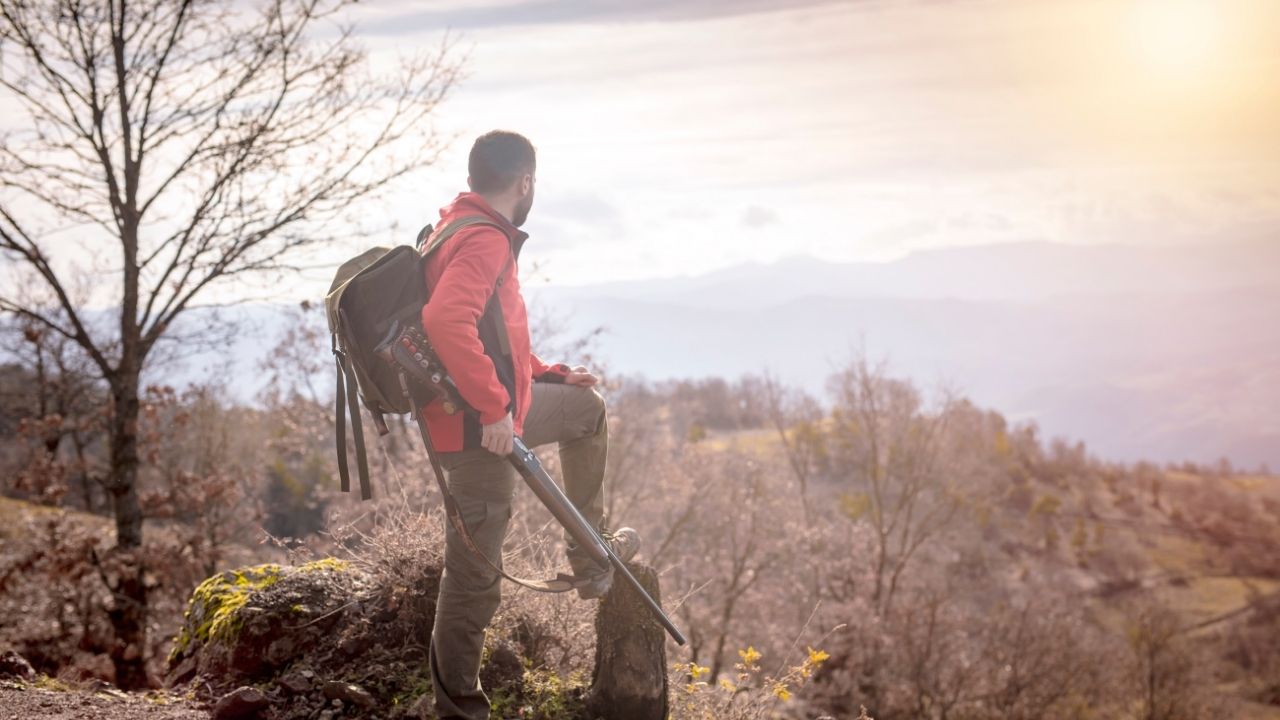
|
Hey there, fellow hunter! If you're out in the wild and trying to survive, you
|
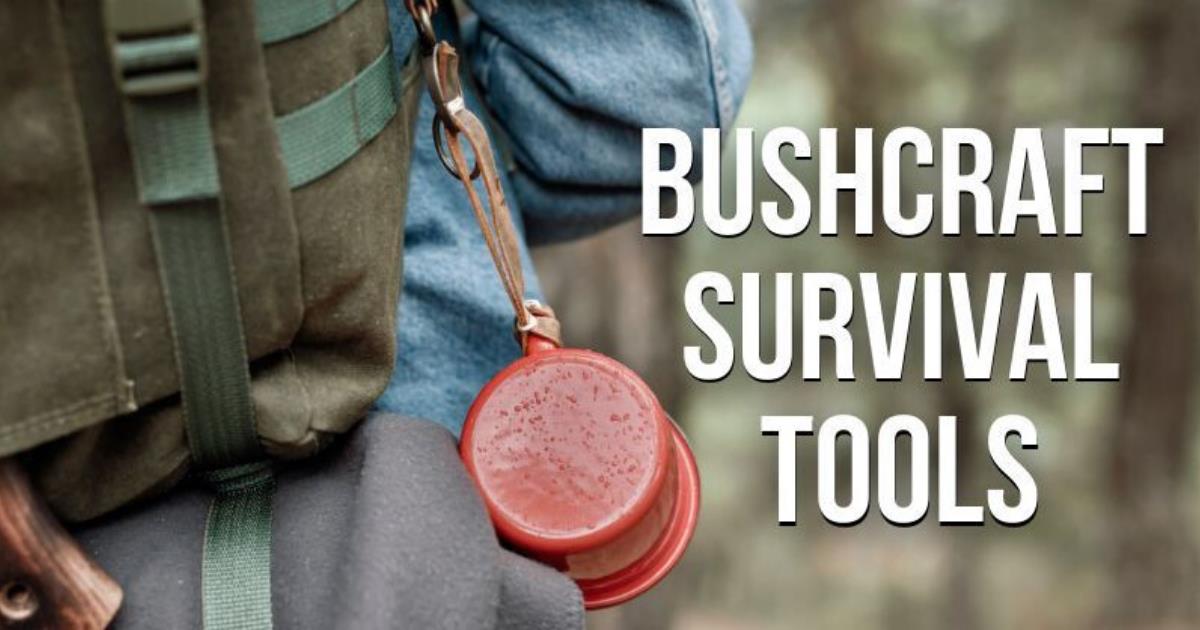
|
Bushcraft is an essential skill that every outdoorsman should have. It involves
|
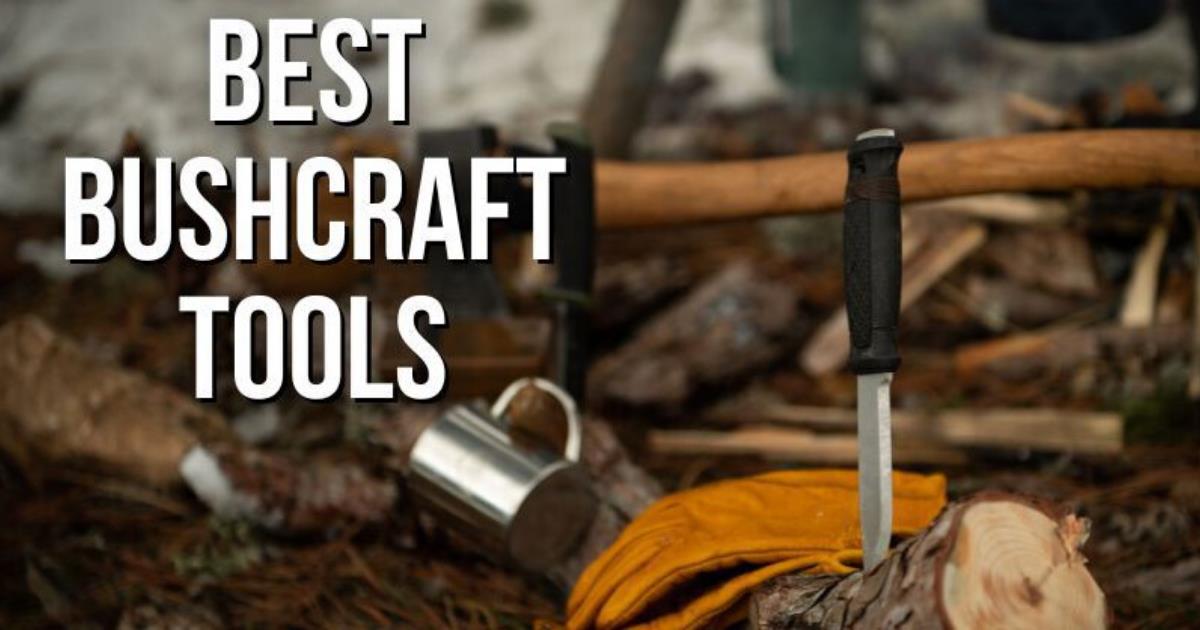
|
Bushcraft is an essential skill that every outdoorsman should have. It involves
|

|
Whether you own property or just rent, understanding your rights to a quiet
|

|
California is a state that is known for beautiful beaches and terrain, plenty
|

|
Catfishing: a security term most commonly used online when a bad actor
|

|
As a homesteader or prepper, you want to be prepared for anything and
|
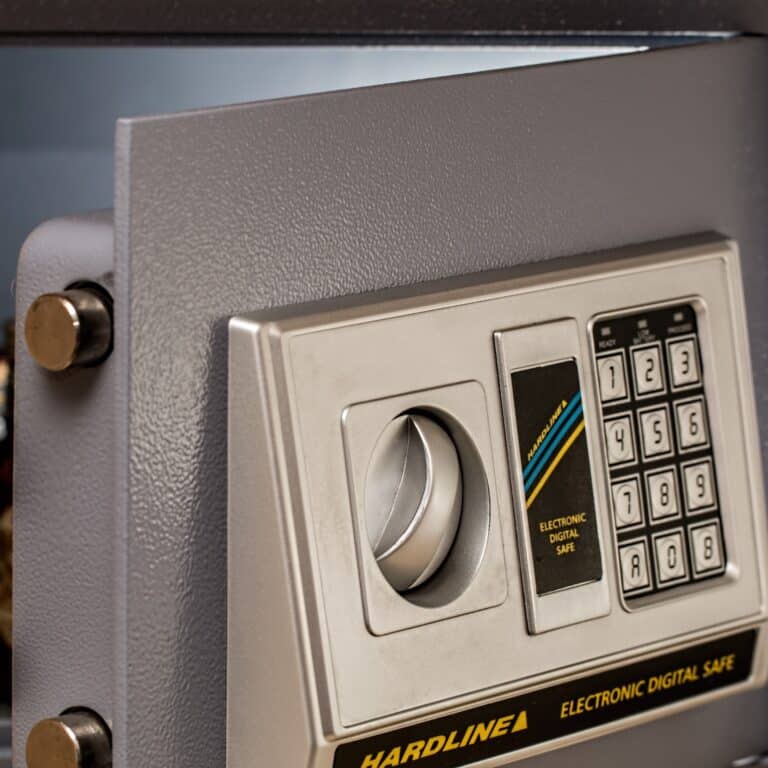
|
Pretty much everyone understands the fact that our valuables need protection.
|

|
This wilderness survival video will give you plenty of tips for how to survive
|

|
For more than a decade, Aaron Fletcher has lived as a nomadic shepherd, mostly
|

|
Here are 10 wilderness survival, bushcraft and camping tips in 10 minutes!
|
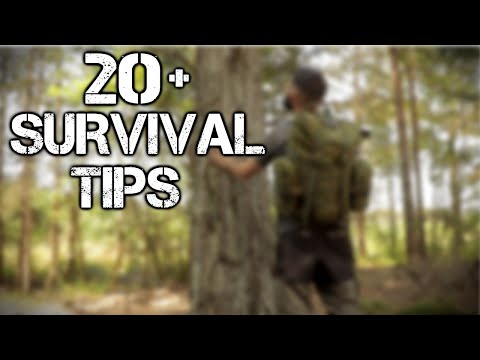
|
20 Wilderness Survival Tips & Bushcraft Skills. First 1,000 who click this
|
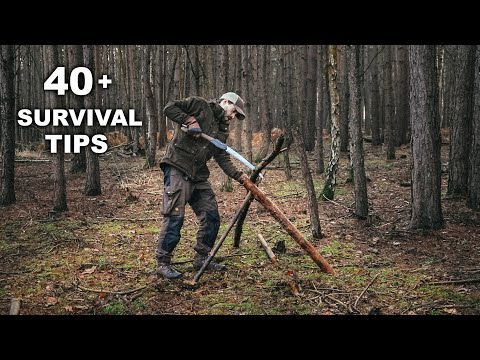
|
Here are over 40 wilderness survival tips and bushcraft skills that you can
|
2 of the Best Bushcraft Tools You Will Ever Need

Bushcraft is a vital capability for any sort of outdoorsman. It entails the use of natural resources to develop tools as well as homes, as well as to discover food and water.
Possessing the appropriate bushcraft devices can easily produce all the variation when you are actually out in the wilderness. Coming from blades and also centers to saws as well as fire beginners, these are the crucial bushcraft tools that every outdoors type should invite their arsenal.
- First Aid Kit
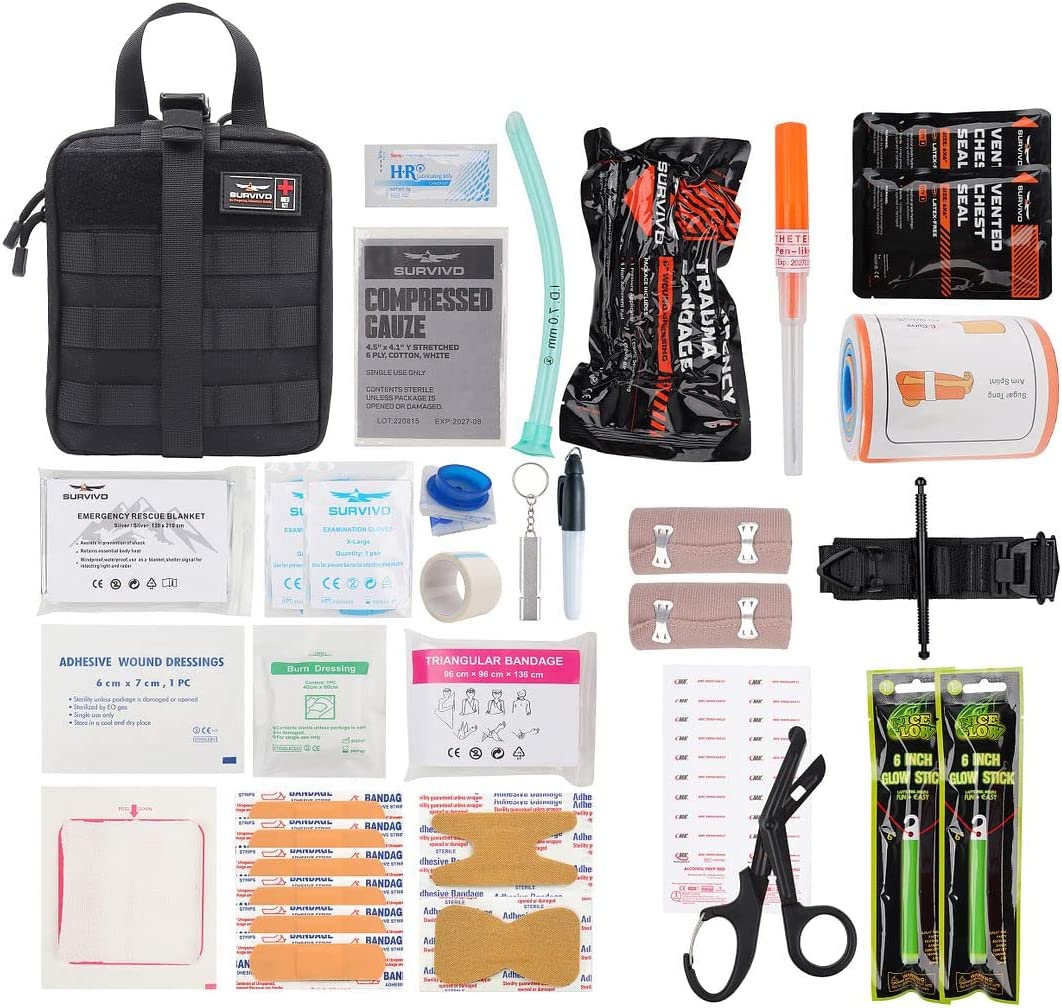
When you're out bushcrafting or camping, you should always bring a first aid kit. After all, it's important to be prepared for any unexpected medical emergencies! That's why it's important to make sure that your first aid kit is filled with the necessary supplies and is the best option for your needs.
You'll want to include some items in your first aid kit: bandages, gauze, and tape, antiseptic wipes, and creams, scissors and tweezers, splints and slings for broken bones or sprains, burn gels/creams, bee sting relief products, and an instant ice pack. You may also want to include cold remedies such as aspirin or ibuprofen. All of these are essential items to have on hand if anything happens while you're out camping or bushcrafting.
It's also important to remember that your first aid kits don't have to be expensive - there are many affordable options available that will suit your needs perfectly. Just make sure they come with everything you need in case of an emergency!
Best First Aid Kits on Amazon
- Emergency Radio

An emergency radio is a portable device that allows you to stay informed and connected in an emergency situation. Many options also include a flashlight and other useful features.
Emergency radios can be powered by AA batteries, USB connections, or even hand-cranked generators for prolonged use when you don't have access to an outlet. Most radios also feature an emergency alert system so you can receive distress signals during a natural disaster or other events.
Additionally, these radios may include solar power and phone charging capabilities to stay connected without worrying about battery life.
Best Emergency Radios on Amazon
Bushcraft isn't about relying solely on modern conveniences but rather learning how to utilize what nature has given us and utilizing whatever resources we have at our disposal. With these five essentials mentioned above, everyone from first-time campers to seasoned pros will be ready to tackle whatever nature throws their way during their next round of exploration into untouched woods!
These are just some essential items every bushcrafter should own! Investing in them will ensure success during your excursion into nature!
 What is BushcraftSurvival SkillsToolsVideosBushcraft CampsBushcraft KitsBushcraft ProjectsPrivacy PolicyTerms And Conditions
What is BushcraftSurvival SkillsToolsVideosBushcraft CampsBushcraft KitsBushcraft ProjectsPrivacy PolicyTerms And Conditions
